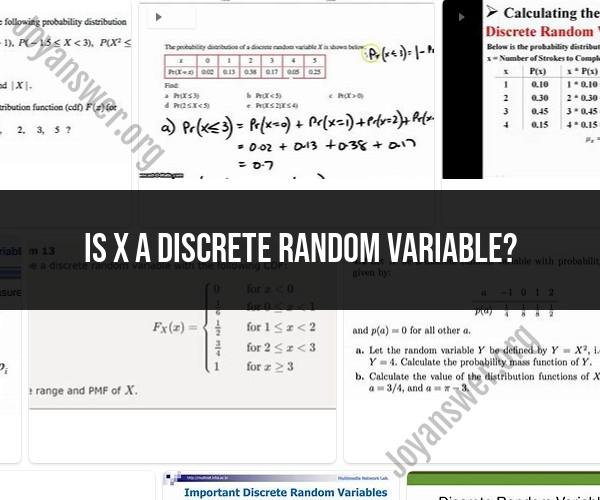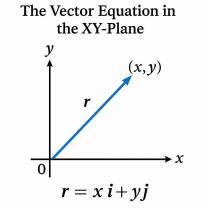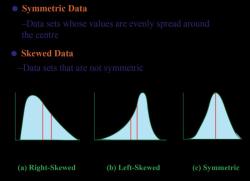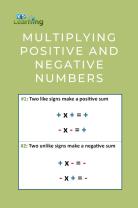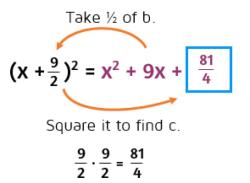Is X a discrete random variable?
Investigating the nature of a discrete random variable "X" involves understanding its key characteristics, probability distribution, and properties. A discrete random variable is one that takes on a countable number of distinct values. Let's delve into the components of investigating the nature of "X" as a discrete random variable:
1. Probability Distribution:
- A probability distribution for "X" assigns probabilities to each possible value that "X" can take.
- The probabilities must satisfy two conditions: they must be non-negative, and their sum must equal 1.
2. Probability Mass Function (PMF):
- The PMF of "X" specifies the probability of each possible outcome.
- For each value "x" that "X" can take, the PMF is denoted by P(X = x).
3. Mean (Expected Value):
- The mean of "X" represents the average value of the random variable and is denoted by E(X) or μ.
- It is calculated as the sum of each value "x" weighted by its corresponding probability: E(X) = Σ [x * P(X = x)].
4. Variance and Standard Deviation:
- Variance measures the spread of the values around the mean and is denoted by Var(X) or σ².
- Standard deviation is the square root of the variance and provides a measure of the dispersion of the values.
5. Cumulative Distribution Function (CDF):
- The CDF of "X" gives the probability that "X" takes a value less than or equal to a given value.
- It is denoted by F(X = x) and is calculated as the sum of the probabilities of all values less than or equal to "x."
6. Probability of Events:
- The probability of events involving "X" can be calculated using its PMF and CDF.
- For example, P(X > a) is the probability that "X" is greater than "a."
7. Properties of Discrete Random Variables:
- The sum of probabilities of all possible values of "X" is 1: Σ P(X = x) = 1.
- Mean and variance are important measures that describe the central tendency and spread of "X."
8. Practical Applications:
- Investigating the nature of "X" helps in understanding and analyzing real-world scenarios where the variable represents a quantifiable outcome, such as dice rolls, coin flips, or exam scores.
9. Probability Distributions:
- Common probability distributions for discrete random variables include the binomial distribution, Poisson distribution, and geometric distribution.
10. Decision Making and Inference:- Understanding the nature of "X" allows for making informed decisions, predictions, and statistical inferences based on the probability distribution.
Investigating the nature of "X" as a discrete random variable involves exploring its fundamental properties, understanding its behavior, and utilizing probability concepts to analyze and interpret the outcomes it represents.
